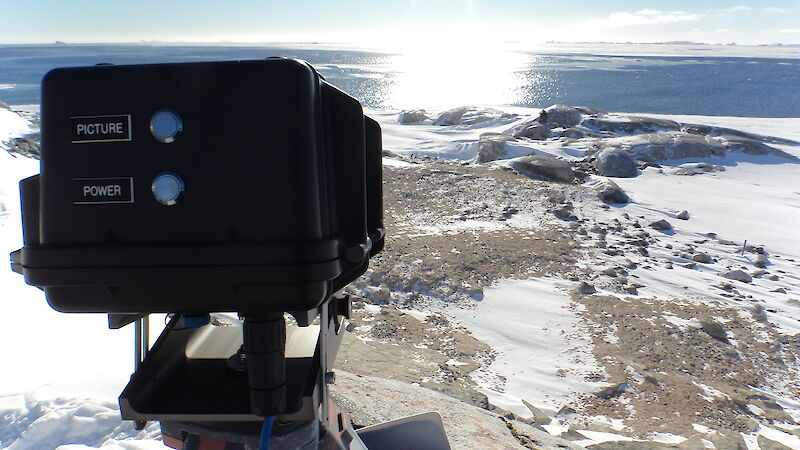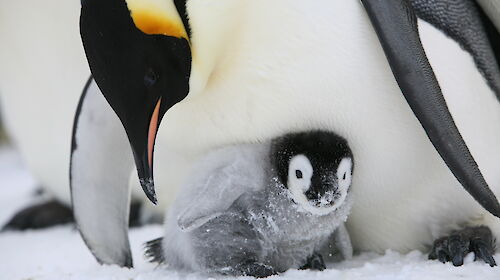More than 1.5 million volunteers from around the world have counted penguins in 175,000 online images so far in the unique citizen science project, Penguin Watch.
Launched in 2014, Penguin Watch, led by Oxford University scientists with input from the Australian Antarctic Division, asked the public to go online and count penguins in images taken by remote cameras monitoring nearly 100 colonies in Antarctica.
The results are helping scientists to discover what penguins get up to over the winter, how climate change and human activity impact on how they breed and feed, and why some colonies and species are declining whilst others thrive.
On World Penguin Day, 25 April, Penguin Watch released 500,000 new images of penguins and revealed secrets from a year of spying on penguins. Scientists have discovered, among other things, that penguins may use their dark droppings to melt out rocky breeding sites earlier than usual by forming groups before they start to breed. The project has also discovered that birds such as the sheathbill make surprise winter visits to colonies. These scavengers live in penguin colonies and are generally thought to migrate to South America during winter.
Over the coming year, with 500,000 new images for volunteers to look at and cameras that will take photos every minute during the breeding season, researchers hope to learn even more about the secret life of penguins.


